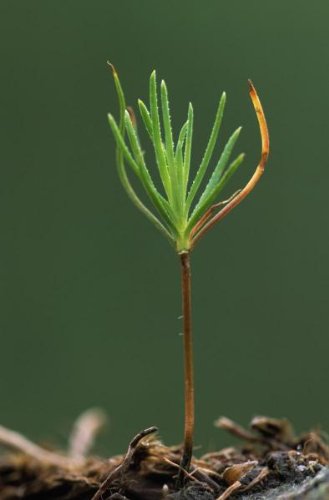 The size and age of plants has more of an impact on their productivity than temperature and precipitation, according to a landmark study by University of Arizona researchers.
The size and age of plants has more of an impact on their productivity than temperature and precipitation, according to a landmark study by University of Arizona researchers.A fundamental assumption in most ecosystem studies is that temperature and precipitation directly influence how fast plants can take up and use carbon dioxide. Warm and wet environments allow plant metabolism to run fast, while cold and drier environments slow down metabolism and lead to lower biomass production in ecosystems.
This assumption is mostly true, as countless experiments have demonstrated that temperature and water control how fast plants can grow. But when applied to an entire ecosystems, the assumption appears to be flawed.
To test the assumption on the scale of ecosystems, the researchers developed a mathematical model that analyzed data from more than 1,000 different forest locations across the world. The analysis revealed that plant size and plant age control most of the variation in which plants thrive, not temperature and precipitation as traditionally thought.
"This general relationship shows that climate doesn't influence productivity by changing the metabolic reaction rates underlying plant growth, but instead by determining how large plants can get and how long they can live for," said Sean Michaletz, lead author of the study.
"This means that plants in warm, wet environments can grow more because their larger size and longer growing season enable them to capture more resources, not because climate increases the speed of their metabolism."
Source: University of Arizona
Growth Spurts
Plants and Seeds
Farm Supply
Growing Guides
Artwork: Pine Sapling Sprouting
No comments:
Post a Comment